The difference between horizontal and vertical installation of eps sandwich panel
EPS sandwich panel is a common building material, which has the advantages of light weight, heat insulation, heat preservation, fire prevention, etc., and is widely used in horizontal and vertical installation of building walls. However, there are some differences between horizontal installation and vertical installation in terms of installation methods, structural characteristics and use effects.
First of all, the installation methods of horizontal installation and vertical installation are different. Horizontal installation is to install the EPS sandwich panel horizontally on the frame of the wall, usually fixed with screws. Vertical installation is to install the EPS sandwich panels vertically on the frame of the wall. Commonly used installation methods include slot installation and paste installation. The installation methods of horizontal installation and vertical installation are different, which leads to differences in the tools and materials required during the construction process.
Secondly, the structural characteristics of horizontal installation and vertical installation are different. When installed horizontally, there is usually a gap between the EPS sandwich panels and the wall frame, which can form a ventilation layer, which is beneficial to the ventilation and moisture removal of the wall. When installed vertically, the eps sandwich panel and the wall frame are tightly fitted, and there is no obvious gap, so no ventilation layer will be formed. The difference in structural characteristics between horizontal installation and vertical installation leads to differences in their performance in terms of heat insulation, heat preservation and fire prevention.
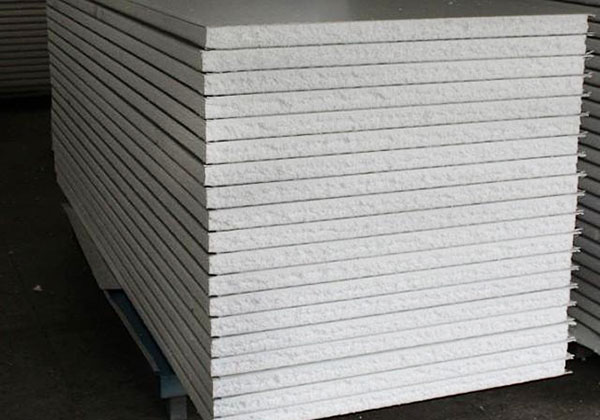
Finally, there are also some differences in the use effects of horizontal installation and vertical installation. When installed horizontally, the gap between the EPS sandwich panel and the wall can play the role of heat insulation and heat preservation, effectively blocking the external heat conduction and air flow, and improving the heat insulation performance of the wall. When installed vertically, the close fit between the eps panel and the wall can better ensure the sealing of the wall, effectively prevent the formation of cold and heat bridges, and improve the thermal insulation performance of the wall. In addition, the fire performance of horizontal installation and vertical installation is also different. When installed horizontally, the gap between the eps sandwich panels and the wall can play the role of fire isolation and slow down the speed of fire spread. When installed vertically, the tight fit between the eps panels and the wall can effectively prevent the further spread of the fire.
To sum up, there are some differences between horizontal installation and vertical installation of EPS sandwich panel in terms of installation methods, structural characteristics and use effects. Horizontal installation is suitable for places that need to strengthen the heat insulation and thermal insulation performance of the wall, while vertical installation is more suitable for places that require wall sealing and fireproof performance. When choosing horizontal installation or vertical installation, it is necessary to comprehensively consider according to specific application requirements and environmental conditions in order to achieve the best use effect. Whether it is installed horizontally or vertically, as an excellent building material, EPS sandwich panels can provide good heat insulation, heat preservation and fire resistance for buildings, and create more comfortable and safe conditions for people’s living and working environments.
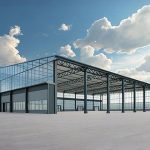

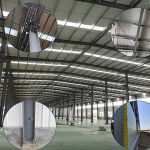
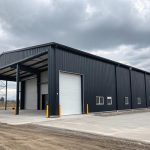

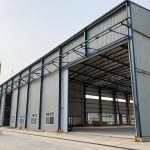
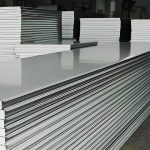
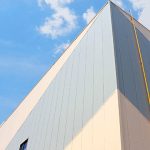
Send us the inquiry form